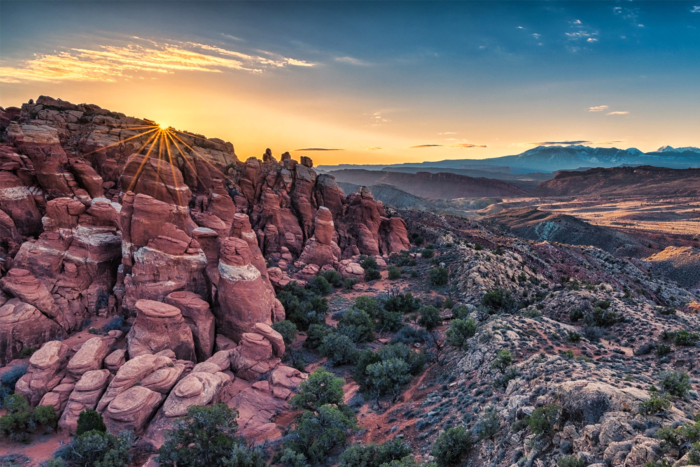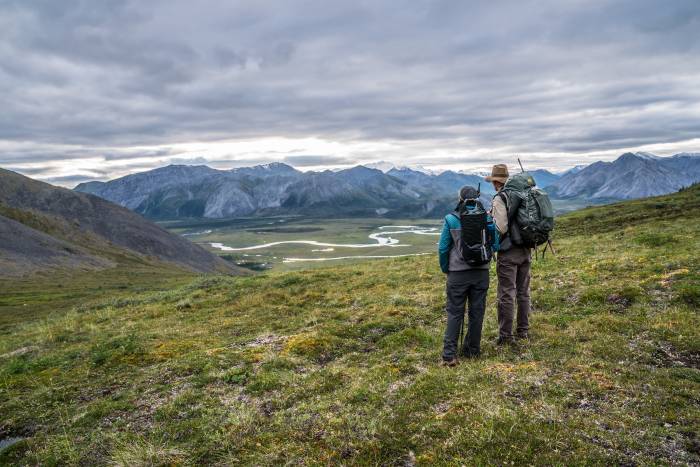Each year, hundreds of thousands of visitors go to see the majesty of Mesa Verde National Park. But only a select few get to tour breathtaking backcountry dwellings rarely seen by the public.
In the southwest corner of Colorado, Mesa Verde is home to some of the best-preserved Ancestral Pueblo cliff dwellings in the country. In 1906, Mesa Verde became the 10th national park — and the first in the world to “preserve the works of man.”
The park’s ruins are an amazing testament to humanity’s ingenuity in overcoming hardships of the unforgiving Four Corners region.
While the park protects over 5,000 known archaeological sites and 600 cliff dwellings, only five dwellings are open to the public. Most visitors don’t know that there’s a series of special guided backcountry hikes to archaeological sites. These are normally off-limits to the public, and the park doesn’t even advertise them. So if you want in, here’s what you need to know.
Mesa Verde: Special Backcountry Tour
Every few years, the park permits a few hundred people to visit some of the best-preserved Ancestral Pueblo cliffside dwellings. The public hasn’t seen many of these since the early part of the 20th century. But you can’t just roll up to the Mesa Verde visitor center. Reservations must be acquired online.
This year, park guides are offering a special backcountry hike to visit Mug House, a massive, multiroom dwelling at the farthest end of Wetherill Mesa. The hike allows a small group of visitors an up-close, intimate tour led by a knowledgeable park ranger.
History of Mug House
During the winter of 1889-90, six men (five Wetherill brothers and Charles C. Mason) explored ruins of a massive multiroom Ancient Puebloan complex at the far end of the mesa. They first uncovered the Mug House site.
The crew turned up buckskins, poetry, stone axes, and knives. But they also found three mugs tied together with a yucca cord, which presumably gave Mug House its name.














